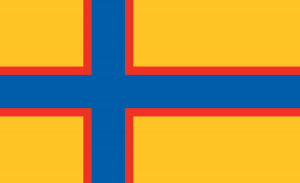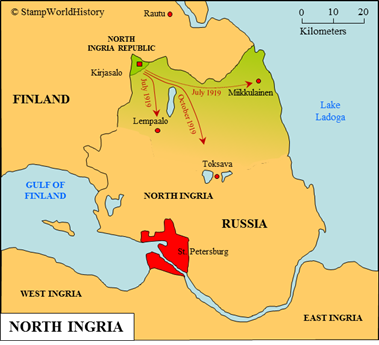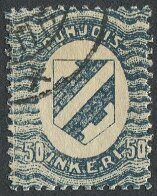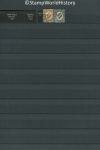
North Ingria
Quick reference
General issues: Republic 1920
Country name on general issues: Pohjois Inkeri
Currency: 1 Markka = 100 Penni 1920
Population: Kirjasalo 400, North Ingrian Regiment 2 000, Refugees in Rautu, Finland 10 000
Political history North Ingria/North Ingermanland
Historically, Ingria is a region in Russia, around what is now St. Petersburg, primarily inhabited by Finnic peoples. Of these, the Ingrian Finns, that had settled in the region since the 17th century from Finland, were the largest group in the early 20th century. In 1917 the October Revolution brought the Bolsheviks to power in Russia. Civil war ensued and several ethnic minorities proclaimed independence. In December 1917, Finland proclaimed independence – recognized by Russia in 1918.
In Ingria, due to Bolshevik rule – soon seen by many as Bolshevik oppression – Ingrians, mostly Ingrian Finns, sought refuge across the Finnish border – some 10 000 refugees found their way to the Finnish town of Rautu. In June 1919, the townspeople of the North Ingrian town of Kirjasalo decided to take up arms to defend themselves against Bolshevik oppression, rather than to seek refuge across the border. In July 1919, refugees in Rautu established the Interim Committee of North Ingria. The Interim Committe proclaimed the independent republic of North Ingria. As governing body of the republic, the Committee took its seat in Kirjasalo. The armed forces of the republic were formed by the North Ingrian Regiment. The Regiment was composed, not only of Ingrian Finns, but also of volunteers from Finland proper and counted a maximum of 2 000 troops.[1]In Finland, the concept of a ‘Greater Finland’ had gained significant support. A Greater Finland, that would include, aside from the Finns proper, other Finnic people. From that perspective, Finnish volunteers were involved in a number of conflicts supporting Finnic peoples that fought for independence, or for association with Finland during the Russian civil war.
From Kirjasalo, the North Ingria Regiment lauched attacks on the Bolsheviks, in July 1919 and October 1919, to gain control of North Ingria. The Regiment was, however, on both counts pushed back by the Bolsheviks, and, subsequently, forced to focus on the defense of Kirjasalo. The Finnish government had – to a certain extent – supported the republic. However, in October 1920, Finland and Russia settled their disputes by way of the Treaty of Tartu and agreed that North Ingria was to be Russian. The republic of North Ingria was dissolved in December 1920.
In the 1930’s, Ingria was Russified – the Finnic peoples have all but disappeared from the region and the town of Kirjasalo ceased to exist.
Postal history North Ingria/North Ingermanland
North Ingria is, in the stamp collecting world, more commonly known as North Ingermanland – the Swedish name for North Ingria. Small as the republic was, it did develop a full spectrum of state regalia – a flag, a coat of arms, and medals of honor for the North Ingria Regiment. And the republic issued stamps. A first set appeared in March 1920, modeled on the contemporary design of the stamps of Finland,[2]The 1917 ‘Arms of the Republic’ design but with the North Ingrian coat of arms at the center of the design. The stamps are inscribed ‘Pohjois Inkeri’ – the Finnish name for North Ingria. A further set was issued in August 1920 – pictorials showing local scenes. Both sets were printed in Viipuri, Finland.[3]The current Vyborg in Russia The stamps were made available at the post office of Kirjasalo – the only post office in the republic. Apparently, the actual location of the post office was the Rautu railway station rather than Kirjasalo itself. Although the stamps have been postally used, they were primarily issued for sale to the collectors market as a source of income for the Interim Committee – and successfully so: the sale of stamps provided the Committee with 65% of its income.
In particular the pictorial set has been extensively forged. For an excellent discussion of the forgeries, please refer to the ‘North Ingermanland & Forgeries’ page on the Big Blue 1840-1940 blog.
Album pages
← Previous page: LithuaniaNext page: Norway →



